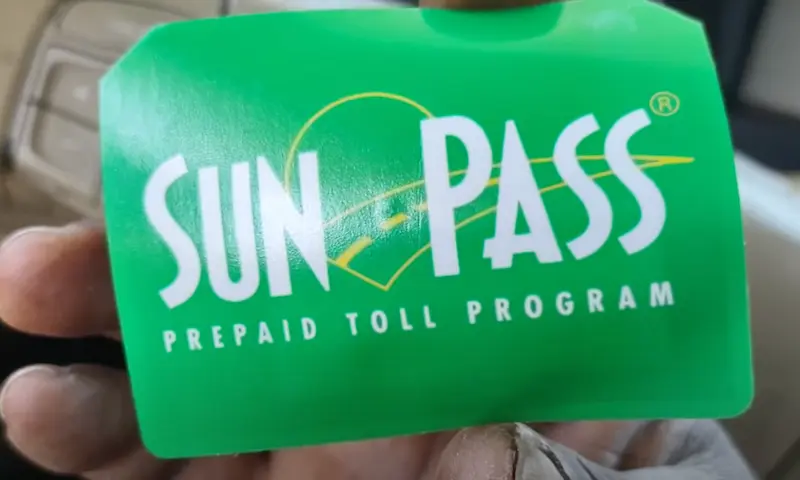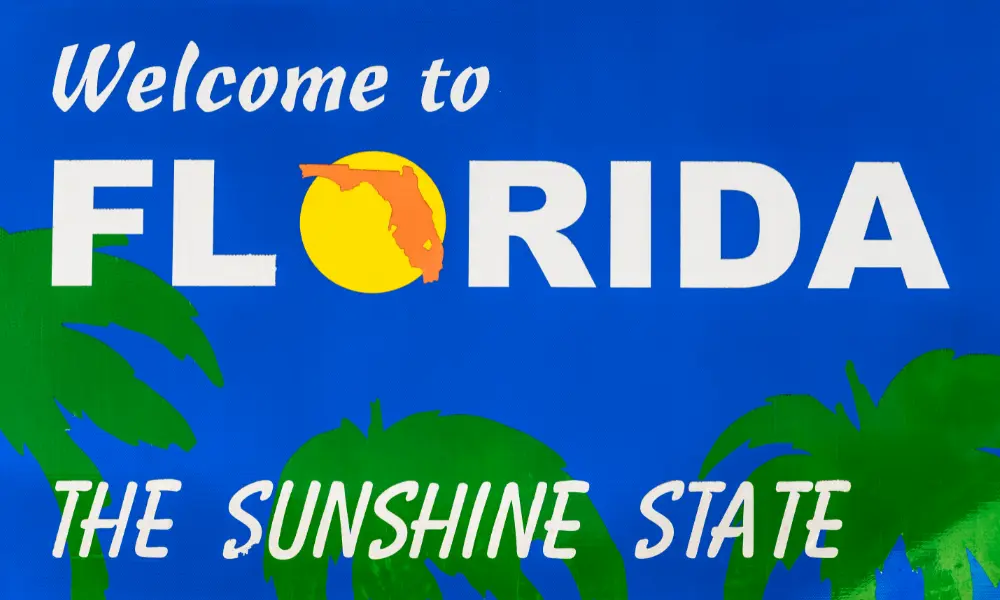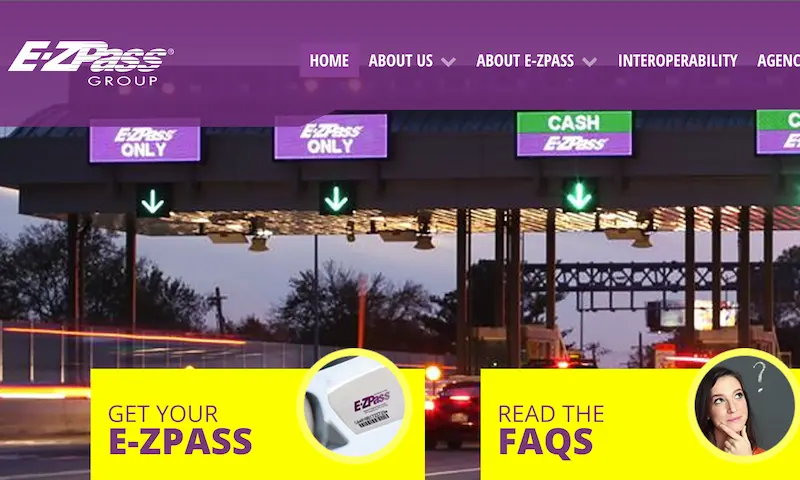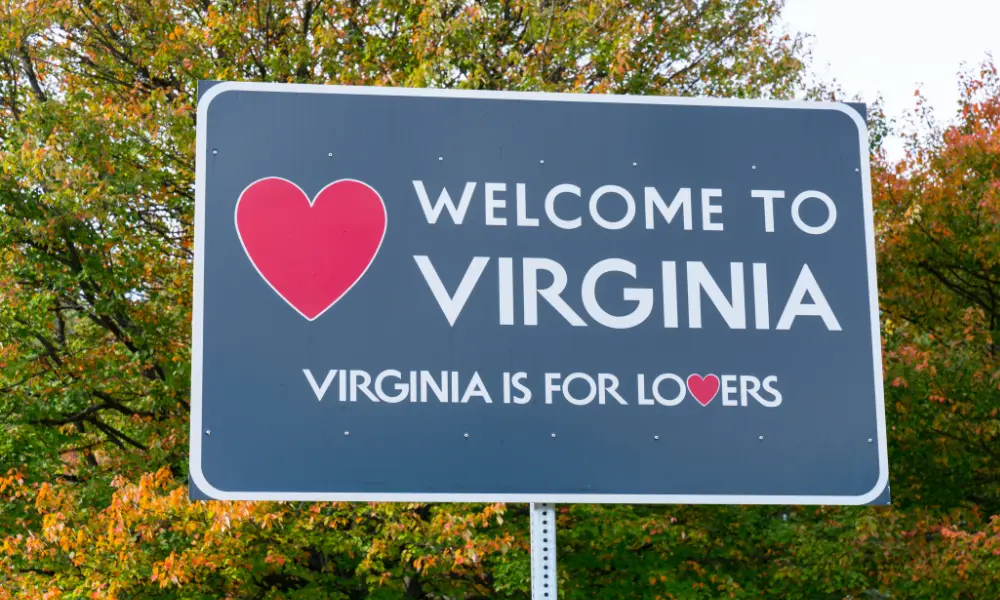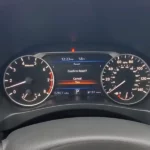Got a notice in the mail about a California toll violation? You’re not looking at a minor inconvenience—these violations can quickly escalate from a small fee to serious consequences that might prevent you from renewing your vehicle registration. But don’t worry, I’ve got you covered with everything you need to know about handling toll violations in the Golden State.
What Exactly Is a California Toll Violation?
A California toll violation happens when you drive through a toll facility without paying. This could be crossing the Bay Bridge without a FasTrak transponder, using express lanes without proper payment, or driving on toll roads without settling the fee.
According to California Vehicle Code § 23302, “it is unlawful for a driver to fail to pay tolls or other charges on any vehicular crossing or toll highway.” These violations are treated as civil penalties rather than criminal offenses, but that doesn’t mean they should be ignored.
How the Violation Process Works
When you zip through a toll without paying, here’s what typically happens:
- Cameras capture your license plate
- Within 21 days, you’ll receive an initial invoice for just the toll amount
- If you ignore this first notice, a violation notice with penalties gets mailed
- Continue ignoring it? Penalties increase and can eventually affect your vehicle registration
The system is designed to give you opportunities to pay before things get serious. That first invoice is actually a courtesy—pay it promptly, and you’ll avoid penalties entirely.
Penalty Amounts: How Much Will This Cost You?
Penalty amounts vary depending on which toll facility you used. Here’s a breakdown:
State-Owned Bridges (Bay Bridge, Benicia-Martinez, etc.)
- Initial Invoice: Just the toll amount (if paid within 21 days)
- First Violation Notice: Toll + $5 penalty per crossing
- Second Notice: Toll + $15 penalty (can be reduced to $5 if paid within 15 days)
Golden Gate Bridge
- Initial Invoice: Toll amount only (if paid within 21 days)
- First Violation Notice: Toll + $25 penalty per crossing
- Second Violation Notice: Toll + $50 penalty (reducible to $25 if paid within 15 days)
Metro ExpressLanes (I-10 and I-110)
- First Notice: Toll + $8 processing fee per trip
- Second Notice: Additional $17 past due penalty
- Third Notice: Another $30 delinquent penalty added
405 Express Lanes
- Initial Penalty: $25 + toll amount
- Delinquent Notice: Additional $30 penalty
- Further non-payment: Can reach $100 per violation
The Toll Roads
- Each violation: $57.50 penalty + toll amount
- Second notice: Additional $42.50 penalty
California law actually caps these penalties. For toll bridges, they can’t exceed $25 for the initial notice and $50 for a delinquent notice (maximum $75 total). For highways and express lanes, the maximum penalty is $60 per violation, with the total not exceeding $100 per violation.
How to Pay Your Toll Violation
Taking care of your toll violation is straightforward. You have several options:
- Online: Most toll operators offer payment through their websites like FasTrak.org or TheTollRoads.com
- By Phone: Call the number on your violation notice (often 877-BAY-TOLL)
- By Mail: Send payment to the address on your notice
- In Person: Visit a customer service center
The sooner you pay, the less you’ll owe—so don’t delay!
Contesting a Toll Violation: Your Rights
Think there’s been a mistake? You have the right to contest the violation through this process:
- Initial Contest: Fill out the “Contest of Notice” section on your violation notice within 21 days of issuance
- Administrative Review: If you’re not satisfied with the investigation results, request an administrative review within 60 days
- Court Appeal: Still not resolved? You can file an appeal with the municipal court
An important protection: under Assembly Bill 344, you don’t have to pay the penalty until after an investigation determines you committed the violation. This gives you breathing room to make your case.
First-Time Violator? There’s Good News
Made a mistake for the first time? Most toll operators will waive the violation penalty for first-time offenders if you open a FasTrak account before the payment due date. You’ll still pay the original toll, but you can avoid the penalty—a significant savings.
California law actually requires toll agencies to waive penalties for first violations if you contact customer service within 21 days, aren’t currently an account holder, and sign up for an account. This is a valuable one-time get-out-of-jail-free card that many drivers don’t know about.
Help for Low-Income Drivers
If you’re on a tight budget, FasTrak offers a low-income toll penalty waiver program. To qualify, your household income must be no more than 200% of the federal poverty level (approximately $62,500 for a family of four). You’ll still need to pay the original tolls, but the penalties can be waived—which often makes up the bulk of what you owe.
To access this program, you’ll need to call FasTrak directly and request to join. Be prepared to provide documentation of your income status.
What Happens If You Ignore Toll Violations?
Ignoring toll violations is never a good idea. Here’s what can happen if you don’t address them:
- Mounting Penalties: The original small toll can balloon into hundreds of dollars in penalties
- DMV Registration Hold: The DMV won’t process your vehicle registration renewal with unpaid toll violations
- Collections: Your debt may be sent to collection agencies, potentially damaging your credit score
- Registration Transfer Restrictions: You won’t be able to transfer vehicle ownership, even between family members, until violations are paid
The registration hold is particularly problematic—imagine being unable to legally drive your car because of an unpaid $5 toll that grew into a much larger problem.
Common Scenarios and Solutions
Scenario 1: You Received a Toll Violation for Someone Else’s Car
This can happen if your license plate was misread or if someone else is using your vehicle. Contest the violation immediately and provide evidence that you weren’t driving the vehicle at that time and location.
Scenario 2: You Didn’t Know It Was a Toll Road
Unfortunately, “I didn’t know” isn’t typically accepted as a valid excuse. California toll facilities have signage indicating payment is required. However, if you’re a first-time violator, you can still take advantage of the first-time violation relief program.
Scenario 3: Your FasTrak Transponder Malfunctioned
If your transponder wasn’t working properly, contact customer service right away. If you have an active account in good standing, they may waive the penalty since you made a good-faith effort to comply with the system.
Scenario 4: You Recently Moved and Didn’t Receive the Initial Notice
If you’ve moved and your address wasn’t updated with the DMV, you might not receive violation notices until they’ve escalated. Contact the toll operator as soon as possible, explain the situation, and ask about penalty reduction options.
Toll Roads vs. Express Lanes: Understanding the Difference
California has two main types of tolled facilities:
Toll Roads: These are highways where all drivers must pay a toll to use the road. Examples include The Toll Roads in Orange County.
Express Lanes: These are special lanes within existing highways that allow drivers to pay for a faster trip during congested periods. Examples include the 405 Express Lanes and Metro ExpressLanes.
The violation processes are similar for both types, but the specific penalties and payment systems may differ. Always check the specific rules for the facility you used.
How to Avoid Future Toll Violations
The best way to handle toll violations is to prevent them in the first place:
- Get a FasTrak Transponder: This is the easiest way to pay tolls throughout California
- Set Up License Plate Tolling: Some facilities allow you to register your license plate for automatic payment
- Check Routes Before Traveling: Use mapping apps to see if your route includes toll facilities
- Keep Your Address Updated: Ensure the DMV has your current mailing address
- Check Your Account Regularly: Make sure your FasTrak account has sufficient funds
Understanding Toll Violation Notices: What to Look For
When you receive a toll violation notice, it should include:
- The date, time, and location of the alleged violation
- Photos of your vehicle and license plate
- The toll amount and added penalties
- Payment instructions
- Information on how to contest the violation
- A deadline for response
Check all these details carefully. Errors do happen, and you might have grounds to contest the violation if any information is incorrect.
The Legal Framework Behind Toll Violations
California toll violations are primarily governed by California Vehicle Code Article 4, Sections 40250-40273. This framework establishes that:
- Toll violations are civil matters, not criminal offenses
- The registered owner, driver, rentee, or lessee can be held liable
- Specific procedures must be followed for enforcement
- Maximum penalties are capped by state law
Understanding these legal foundations can help you navigate the system if you need to contest a violation.
Real Impact of Toll Violations: A Cost Table
| Scenario | Initial Toll | After 21 Days | After Second Notice | If Sent to Collections |
|---|---|---|---|---|
| Bay Bridge | $7 | $12 ($7+$5) | $22 ($7+$15) | $22 + potential credit impact |
| Golden Gate Bridge | $9.40 | $34.40 ($9.40+$25) | $59.40 ($9.40+$50) | $59.40 + potential credit impact |
| The Toll Roads | $5.72 | $63.22 ($5.72+$57.50) | $105.72 ($5.72+$57.50+$42.50) | $105.72 + potential credit impact |
As you can see, what starts as a small toll can quickly become a significant expense—plus the added stress and potential registration problems.
Taking Action: Your Next Steps
If you’re holding a toll violation notice right now, here’s what you should do:
- Check if it’s your first violation (you may qualify for penalty forgiveness)
- Verify all information is correct
- Decide if you want to pay or contest it
- Take action before the deadline to prevent escalation
- Consider opening a FasTrak account to avoid future problems
The most important thing is not to ignore it. A small problem today can become a major headache tomorrow.
California’s toll system is designed to keep traffic flowing smoothly, but it relies on everyone paying their fair share. By understanding how toll violations work and knowing your options, you can navigate this system efficiently and avoid unnecessary penalties and stress.





